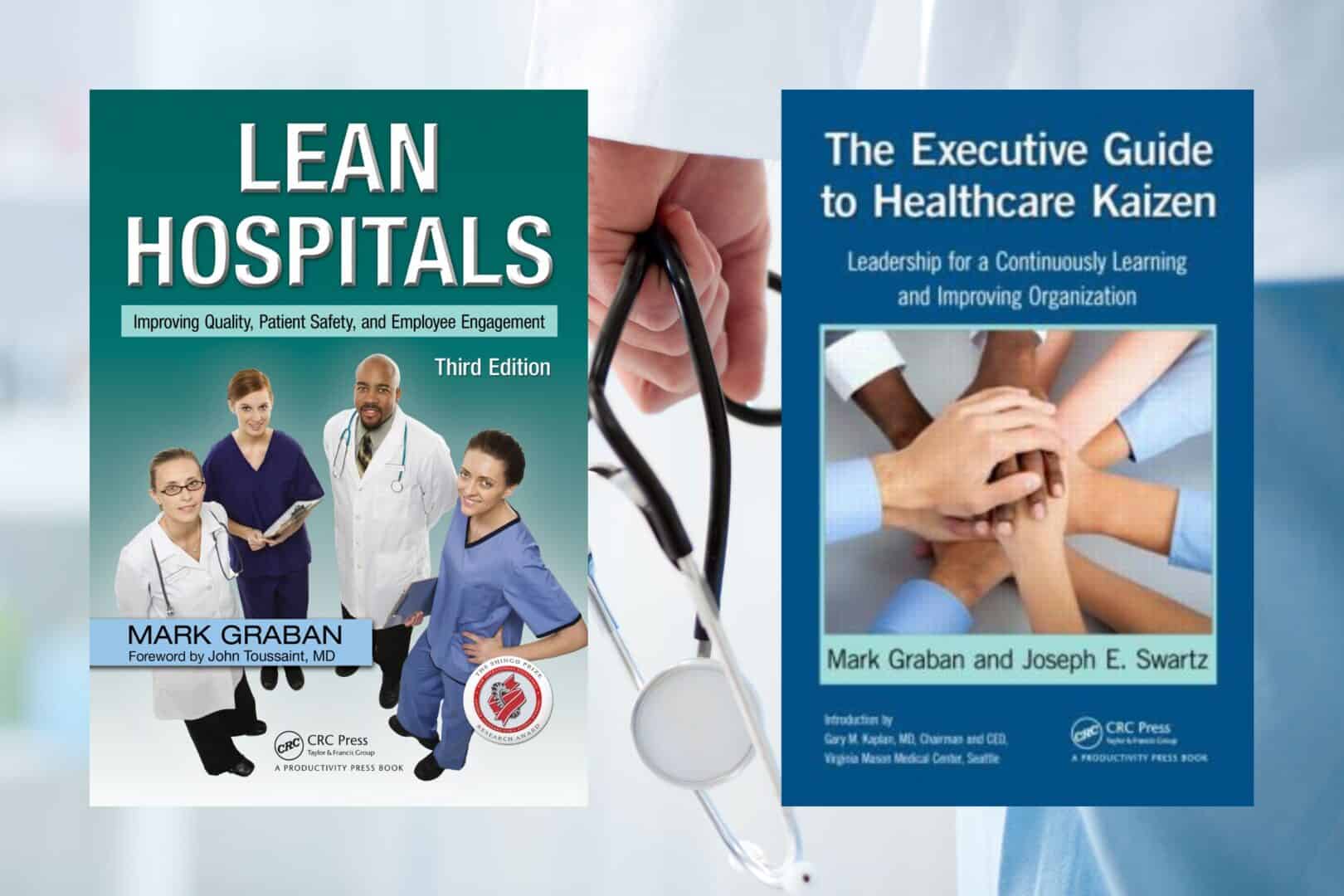I've been writing about learning from mistakes for a long time, including my previous books before my latest, The Mistakes That Make Us. This idea isn't new, but it's essential–especially in fields like healthcare, where the stakes are incredibly high.
From Lean Hospitals:
“Mistakes are a reality in healthcare, and while we strive to prevent them, it's crucial to create an environment where they are identified quickly, addressed effectively, and used as opportunities for learning and improvement.”
From The Executive Guide to Healthcare Kaizen:
“Leadership in a Kaizen culture means creating an environment where mistakes are seen as opportunities to learn, not as failures.”

These excerpts highlight a truth that's easy to acknowledge but often challenging to implement: Creating a culture where mistakes are openly discussed and learned from isn't just a nice-to-have; it's a critical component of patient safety and organizational improvement.
It seems like an uphill battle sometimes. The resistance isn't always overt, but it's there–in the form of silence, defensiveness, or a culture that penalizes rather than learns. It's frustrating, but it's also a reminder of why this work matters. It's why I keep writing, speaking, and coaching on these topics.
But I'm also thankful–thankful for the leaders and organizations that not only agree with these statements but act on them. These are the people who go beyond lip service, who lead with humility and a genuine commitment to continuous improvement. They understand that mistakes are inevitable, but learning from them is a choice–a choice that can lead to better outcomes, safer environments, and a more resilient organization.
One of the key challenges in this journey is moving beyond the fear of mistakes. It's easy to say that we should learn from them, but it takes real courage to create an environment where that learning can happen. This is where leadership makes all the difference. Leaders who model vulnerability and candor, who admit their own mistakes, and who encourage others to do the same are the ones who create the conditions for true learning and improvement.
I often say that mistakes are only failures if we fail to learn from them. In a Lean environment, every mistake is an opportunity to ask, “What went wrong?” and “How can we prevent this in the future?” We should as, “What did we learn?” It's about shifting the mindset from blame to problem-solving, from fear to curiosity.
In closing, I'm reminded of something I've learned through years of practice and observation: the most successful organizations aren't the ones that make the fewest mistakes, but the ones that learn the most from the mistakes they do make. So let's continue to strive for environments where mistakes are not just tolerated, but valued as a critical part of the learning process.
Please scroll down (or click) to post a comment. Connect with me on LinkedIn.
If you’re working to build a culture where people feel safe to speak up, solve problems, and improve every day, I’d be glad to help. Let’s talk about how to strengthen Psychological Safety and Continuous Improvement in your organization.








